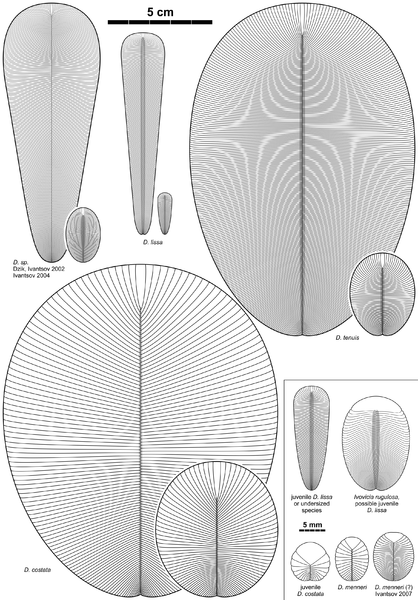The photo for this week is something that I stumbled upon the other day when looking for directions to a friend’s house. It is a large scale concentric feature on the landscape and is located about 40 minutes north of Kingston near the hamlet of Holleford. I have actually been to this location in person when I was a geology undergrad and so I had the benefit of prior knowledge to help me interpret this feature. However, the person who discovered the feature, using aerial photos in the 1950’s did not. Try to guess what you think this could be?
Well, have you thought about it? It is actually an impact structure left behind from a meteorite impact. It was first identified by Dr. Carlyle Beals using air photos and has since been the subject of geophysical study and drilling by the Geological Survey of Canada that has confirmed its identity as an impact feature. It is about 2.5 km in diameter and only 30m deep as it has been extensively eroded by glaciations since its impact about 550 million years ago in the Ediacaran. Nonetheless, the topography still remains and the geophysics confirm it. The geophysical surveys showed gravity and magnetic anomalies and drilling found evidence of shocked quartz, which is a smoking gun for meteorite impacts.
I think it is pretty cool that features like this are visible in Google Maps/Earth and available for anyone to discover or rediscover in this case. I imagine that there are dozens or even hundreds of features like this around the world that have not been discovered yet or realized to be impact related. I expect there is still room for exploration now that tools like these are available to everyone and could shed light on the tortuous history our Earth has experienced.
Cheers,
Matt
Further Reading:
http://ottawa-rasc.ca/wiki/index.php?title=Odale-Articles-Holleford








